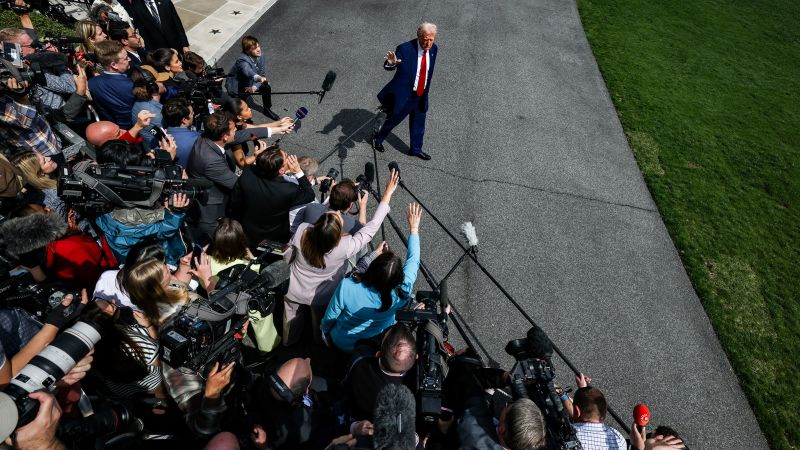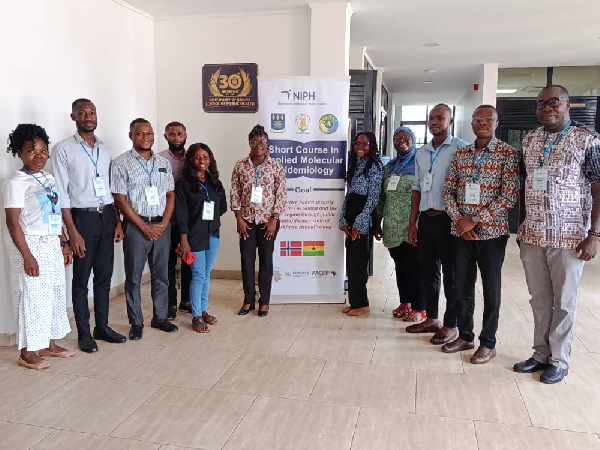
While AI-generated Studio Ghibli-style images might look stunning, we must question the cost of participation. Are we compromising our privacy? A new trend is sweeping across social media—AI-generated Studio Ghibli-style images. People are enthusiastically uploading their photos to AI platforms that use Generative Adversarial Networks (GANs) to transform them into dreamy, picturesque illustrations reminiscent of Hayao Miyazaki’s masterpieces.
But while these AI tools promise whimsical results, they come with serious risks that users rarely consider. Your Photos Are More Valuable Than You Think I have spoken and written extensively on how to act [and interact] on the Internet; interestingly, that is where we usually are most of the time! Many AI models, particularly those using GANs, require vast data. Uploading personal photos to AI services may seem harmless, but it often comes at the cost of your privacy.

Once uploaded, your images can be stored, reused, or sold to third parties without your knowledge. Given the lack of stringent data protection laws in many countries, these images could be used for unintended purposes, including facial recognition databases, deepfake technology, and even synthetic identity fraud. Furthermore, AI services often have vague terms of service, allowing them to use your uploaded photos to train future models without explicitly informing you.
This means that even if you delete the image later, the AI may have already learned from it, making its impact irreversible. Social Media Has Always Profited Off Our Content For years, social media giants have been profiting off user-generated content—Dr. Shoshana Zuboff calls it ‘surveillance capitalism’.
Platforms like Facebook, Instagram, and X [formerly Twitter] have become treasure troves of images, places, and things—all uploaded voluntarily by users. Now, AI companies are leveraging the same playbook: offering a fun, engaging service in exchange for your data. Once again, we are unwittingly labouring for tech companies without real compensation.
I would call it ‘generative capitalism’ to encapsulate how AI companies monetise user-generated data and creativity by leveraging unpaid digital labour to refine their generative models. It can later be commercialised through licensing, subscriptions, or data sales, transforming unpaid labour into profit under the guise of convenience and entertainment. Tech companies disguise this data collection as a harmless, enjoyable activity, much like how social media platforms trained us to share our lives for likes and validation.
But in reality, our participation fuels their revenue streams while leaving us with no control over how our personal data is used in the future. The Tom Sawyer Analogy Mark Twain’s The Adventures of Tom Sawyer offers a perfect analogy for our behaviour, a story that my mentor- Mr Rodney Ryder, shared with me. In one famous scene, Tom convinces his friends that painting a fence is a privilege rather than a chore, a ‘task’ that was assigned to him by Aunty Polly.
They end up doing the work for him, thinking they are lucky to do so. When I think of it critically, AI companies persuade us to hand over our images, disguising them as a fun trend or an outcome that instigates the fear of missing out [FOMO] among us. In reality, we enrich their datasets, improve their AI models, and allow them to monetise our personal content.
The more people participate in these AI trends, the more refined and accurate the AI becomes. The unpaid labour of millions of users allows these companies to enhance their technology, making it more powerful—and potentially more dangerous in the wrong hands. Ethical Dilemma: Are We Stealing From Artists? Beyond privacy concerns, there’s another crucial issue at play—intellectual property rights.
Many of these AI tools are trained on thousands of images without the consent of the original artists. Studio Ghibli has spent decades refining its signature style, yet AI models can now replicate it in seconds, without compensating the original creators. This raises significant ethical and legal concerns.
If AI-generated images can mimic an artist’s style perfectly, what happens to the livelihood of illustrators and animators? Already, artists have started pushing back against these AI models, arguing that they are trained on copyrighted works without permission. Some have filed lawsuits against AI companies for using their art without consent. However, the legal landscape is murky, and current copyright laws struggle to keep up with rapid advancements in AI-generated content.
The broader implications are troubling—will artists become obsolete? If anyone can generate an image in a famous artistic style with the click of a button, what incentive is left for human creativity? This trend could lead to a devaluation of creative labour and a future where originality is overshadowed by algorithmic replication-a future undesired by many. Dark Side of Blindly Following Trends People tend to jump onto digital trends without considering the consequences. AI-generated images might seem harmless now, but we’ve seen similar trends take a dark turn in the past.
Consider how AI-powered face-morphing apps led to manipulated images being used on adult websites without consent. Many individuals, particularly women, have found their photos altered and weaponised against them. What seems like innocent fun today could have unforeseen consequences tomorrow.
In another instance, deepfake technology has created highly realistic fake videos, sometimes to spread misinformation or manipulate public figures. The same technology that allows you to transform into a Studio Ghibli character could one day be used against you, with your likeness appearing in scenarios you never consented to. Business Model Behind ‘Free’ AI Tools It’s important to ask: If these AI tools are free, how are they making money? The answer often lies in data collection, advertising, and selling refined AI models to third parties.
Your uploaded images help train the AI, which can later be sold to businesses, law enforcement agencies, or surveillance programs. We must understand that in the digital age, if you’re not paying for the product, you are the product. Every trend you engage with online contributes to a more extensive system that monetises your digital footprint in ways you may never fully grasp.
So Think Before You Click While AI-generated Studio Ghibli-style images might look stunning, we must question the cost of participation. Are we compromising our privacy? Are we enabling tech companies to profit from our content? Are we inadvertently contributing to the erosion of artists’ intellectual property rights? Are we exposing ourselves to potential misuse of our likeness? Before you upload your photo to the next AI trend, pause and reflect: Is it worth it? The digital world moves fast, but that doesn’t mean we should follow every new trend without considering its long-term repercussions. It’s time to think critically about the cost of our online actions before we become pawns in a game we don’t even realise we’re playing.
The author is a British Chevening Scholar; an Assistant Professor at Jindal Global Law School; Of Counsel at Scriboard; and co-author of the book — ‘Artificial Intelligence and Law: Challenges Demystified’. The views expressed in the above piece are personal and solely those of the author. They do not necessarily reflect News18’s views.
.














